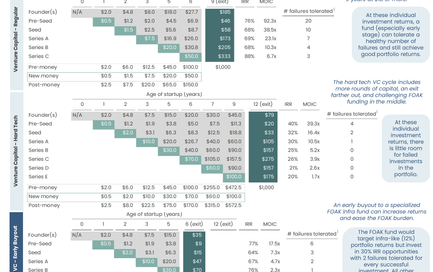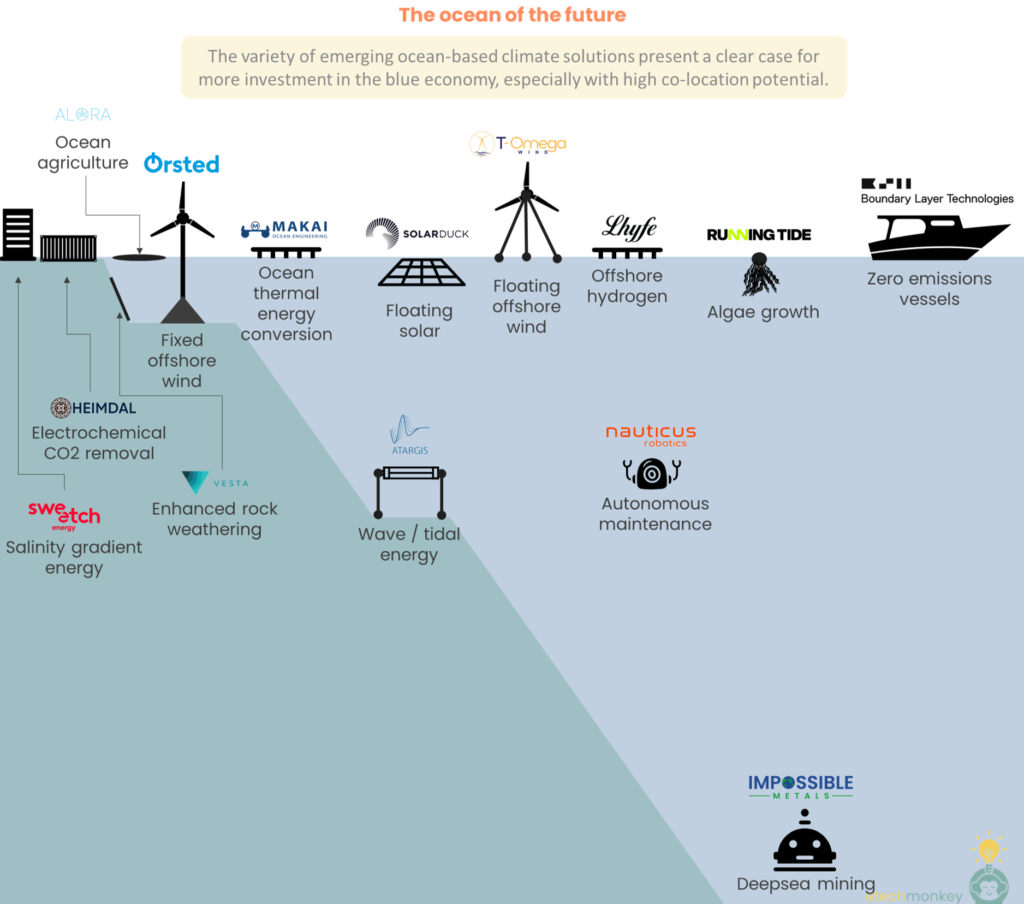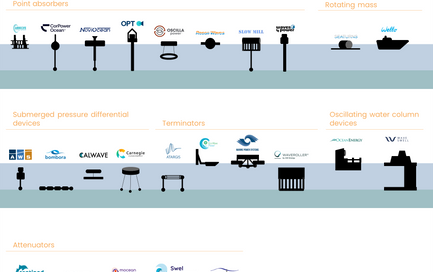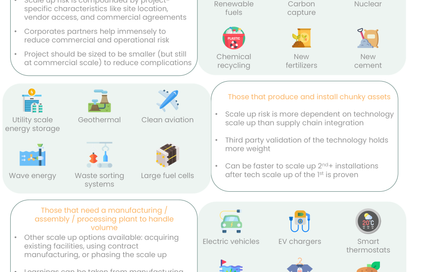

Most of what we talk about in climatetech happens on land – hydrogen production, power generation, carbon sequestration, grid optimization, industrial decarbonization, residential energy efficiency, etc. This is because the majority of technologies get deployed around people’s homes, in city environments, or industrial complexes, all of which largely occur on land.
But what about the ocean?
I became intrigued by the ocean after observing a renaissance of wave energy recently: the DOE announcement on funding for wave energy technologies and a smattering of news for wave energy companies like Atargis, CalWave, Eco Wave, and Mocean.
But wave energy is just one part of a larger suite of ocean-based climate solutions that have emerged over the last few years. The bigger category includes things like tidal energy, mining, regenerative aquaculture, carbon sequestration, low carbon shipping and maritime transport, hydrogen production, offshore solar, and of course, offshore wind.
All of these technologies are in varying stages of development, but most are early stage and require high amounts of capital going forward. Most also face a bevy of challenges being first-of-a-kind in the ocean: long permitting cycles and evolving regulatory requirements, limited testing sites, potential seawater corrosion or storm damage, lack of interconnections, power supply, and other infrastructure, difficult and expensive maintenance, and digital connectivity issues.
Many of these challenges can be tackled with funding, but ocean technologies consistently are deprioritized compared to land-based technologies. Even offshore wind, arguably the golden child for ocean-based technology deployment, is not growing fast enough. Net zero pathways like Princeton’s Net Zero America, BNEF’s Energy Outlook, and John Doerr’s Speed and Scale often build in limited to no allocation for marine solutions outside of offshore wind and ocean protection. Project Drawdown does include additional categories like ocean power, ocean shipping, and improved fisheries, but ranks them all fairly low on the potential impact scale (even offshore wind ranks 38 in a list of 84 ranked solutions, well below its renewables counterparts on land, which take the top 2).
IEA is the only one that seems to give the blue economy some credit. IEA’s ETP list includes 12 different types of overtly (some categories like CO2 storage lump offshore and land-based together) ocean tech and lists the large majority of them as “High” or “Very high” impact (though it’s worth noting that almost 40% of the list of 503 technologies is either “High” or “Very high” impact).
So to summarize, these are early stage technologies that face lots of challenges, require more funding, and are frequently ignored in net zero pathways. What’s the point in putting dollars to work in this area? Why in the world do we need to go through the trouble of funding these ocean-based climate solutions?
Technologies like regenerative / low carbon aquaculture or low carbon shipping are needed to decarbonize industries that we assume will persist in a net zero scenario. So that’s an easy answer.
But for technologies like offshore wind, offshore solar, wave energy, tidal energy, carbon sequestration, seawater and seabed mining, and hydrogen production, there are comparable land-based alternatives that one can argue obviate the need for more complex ocean solutions. A few thoughts on this category:
- The ocean is incredibly resource rich. Seawater provides an abundant feedstock for hydrogen production, minerals extraction, and electrochemical carbon removal. The seabed is also full of critical minerals that can be mined (though there are ecological issues with current methods).
Energy is also more abundant. Wind offshore is stronger and steadier than wind onshore. Wave energy is 5-10x more energy dense than wind or solar. There’s even evidence to suggest that offshore solar is more efficient than solar on land.
With the concentration of resources and energy across a wider surface area, the ocean can provide a similar profile of climate solutions as on land across a smaller footprint.
- As populations tend to be coastal, the ocean can solve the climatetech NIMBY problem. Roughly 40% of the population in the US and across the world live in coastal areas, meaning that a good portion of the energy demand is actually close to ocean-based power. Building power generation out in the ocean can provide sufficient electricity for that portion of the population while also staying far away enough from arable land and communities to avoid the NIMBYism that plagues most other land-based climatetech solutions.
Energy potential is not a bottleneck here either. Ocean-based power can fulfill the US’ and world’s current electricity needs 4 - 19x over (US offshore wind potential: 13,500 TWh + US wave energy potential: 2,640 TWh = >4x current US electricity consumption; world offshore wind potential: 420,000 TWh + world wave energy potential: 32,000 TWh = >19x current world electricity consumption).
- High co-location potential in the ocean can create dense carbon reduction areas that minimize infrastructure requirements and impacts to the broader ocean. The nice thing about ocean climate solutions is that, with easier subsurface access, they can stack nicely with each other. While co-located offshore wind and solar can take advantage of surface-level energy, wave and tidal power can harness energy from below. At the same time, nearby platforms and assets can be used for hydrogen production, aquaculture, carbon sequestration, or even seawater mining. One can imagine these “ocean centers” spread across coastlines, allowing multiple projects to take advantage of the same supply/offtake lines or maintenance routes. Co-locating intermittent renewable energy from wind/solar with more steady power from waves can also smooth out the duck curve, reduce capex needs, and increase energy security (especially for island nations).
Co-location studies for ocean climate solutions are well underway (offshore wind with wave power, offshore wind with tidal power, and aquaculture with ocean power) and several multi-use platforms have already been trialed/built. Although regulatory hurdles and the capital/complexity requirements of a larger project may be initially awkward to navigate for pioneering co-location projects, the potential synergies from co-location will hopefully move funding in this direction.
TLDR; ocean-based climate solutions present a valuable but underappreciated solution set to the world’s climate challenges. The ocean’s plentiful resources, proximity to demand centers, and high co-location potential present a compelling opportunity for both builders and investors in climatetech.

Companies shown: Sweetch Energy, Heimdal, Alora, Orsted, Makai, Atargis, SolarDuck, T-Omega, Lhyfe, Nauticus Robotics, Running Tide, Boundary Layer Technologies, Impossible Metals


Climate tech theme to watch: decentralization

A climate tech map


